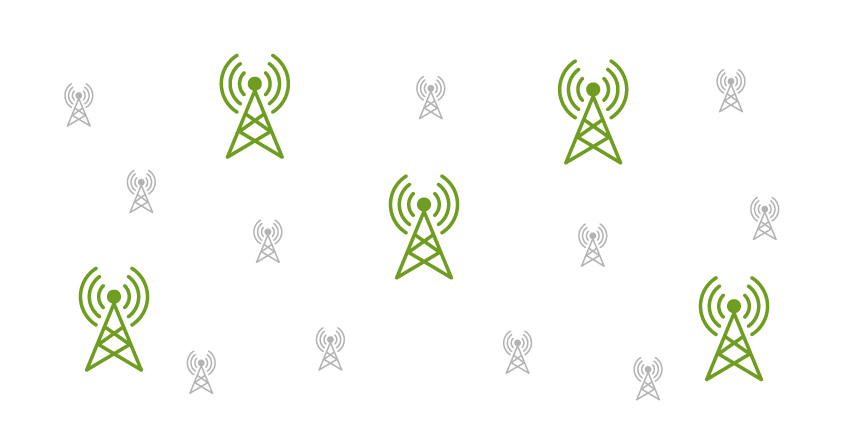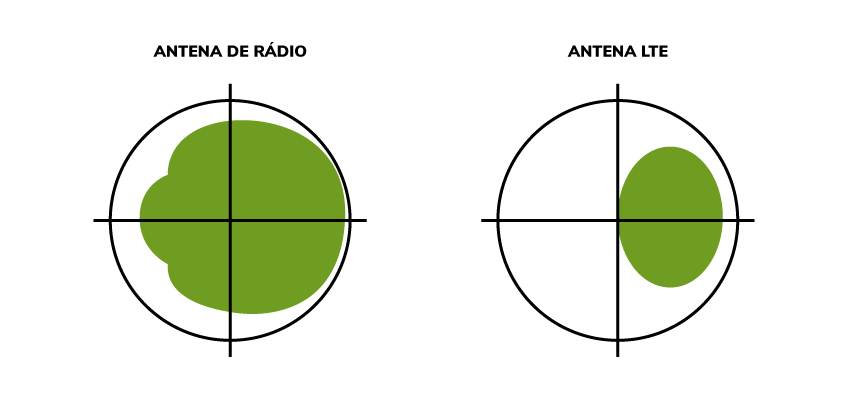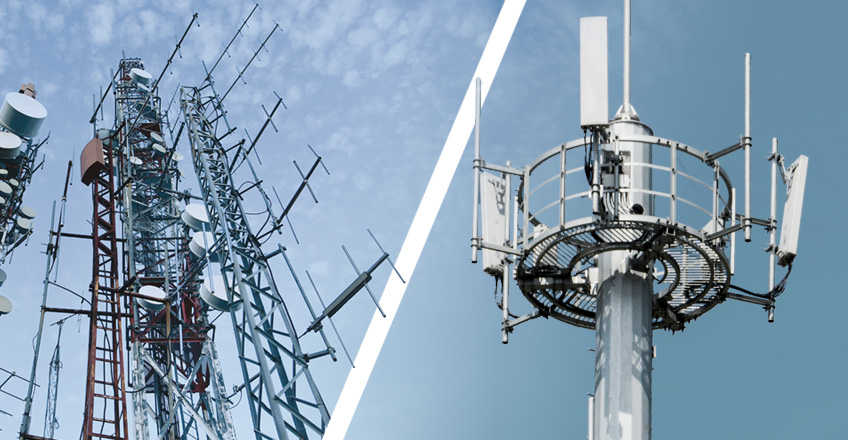When we talk about telecommunications networks, there is a great deal of debate as to whether LMR networks should be replaced by LTE technology. At first glance, it is easy to see the advances and advantages of an LTE network. However, when it comes to mission-critical enterprises, the subject is complex and requires a deeper analysis.
Just to clarify, LMR (Land Mobile Radio) is basically a professional radio communication system, where PTT (Push-to-talk) is used through digital and/or analog radios. LTE (Long Term Evolution) is our 4G. A communication standard for mobile technology and the infrastructure used for broadband distribution.
An LTE network has an advantage over LMR when it comes to data transfer. Perhaps this is the main reason for the interest in 4G in business communications. In this day and age, data transfer is vital for business productivity and agility.
No entanto, apesar da vantagem do LTE em distribuir dados, muitas empresas continuam investindo na ampliação e no aperfeiçoamento de suas redes LMR. Por quê? Para entender melhor este movimento, é preciso compreender a real necessidade das empresas e instituições que atuam com missão crítica.
Critical Mission
A mission-critical enterprise is one that provides services where downtime or data loss can cause financial and social problems.
Imagine a bank having its system down for hours, the police losing communications with vehicles in the field, or a fallen tower interrupting power distribution in a neighborhood. The damage from the paralization would be high and even vital to society.
This is why mission-critical companies cannot afford to have their communications interrupted or even unstable. A critical communication system is essential even for the safety of your agents and employees.
Too many frequencies, not enough stability
The instability of LTE networks is precisely one of the reasons that mission-critical enterprises are looking to LMR for a solution. This low stability happens because the LTE network operates on many shared frequencies. It is not uncommon to see 4G signal changes from one day to the next, even if we are in the same location.
Unlike LTE, an LMR network uses only one frequency in its communication system, delivering much more stable and reliable communication.
High costs
The output power of an LTE site is typically lower and the throughput speed is higher. Therefore, an LTE network requires more sites to provide the same amount of coverage expected from radio systems. Obviously, the cost to install these sites is much higher, causing mission-critical enterprises to opt for LMR.
The site density required for an LTE network (gray) is higher for the same coverage as an LMR network (green).

The evolution of the LMR
As we saw earlier, the need for data transmission has made the interest of mission-critical enterprises turn to LTE. However, with digital technology, an LMR network offers great solutions for data transmission, ensuring greater productivity for businesses.
Esta evolução do LMR é outro indício de que as empresas reconhecem o seu valor e continuam investindo em novas soluções e aprimoramento.

Interoperability is the solution
Those who advocate the end of the MRL err in not observing the movement of companies in recent years. More and more, the market has adopted the best of each technology, using them for specific situations. In addition, new solutions are emerging integrating the technologies, such as PoC (PTT Over Cellular) that allows the use of PTT communication in a 4G network.
Rather than advocating just one solution, the smart thing to do is to take the advantages each offers and apply them in the best way possible. Businesses and mission-critical agencies realize the utility of LTE, but understand that LMR is what they need to do their daily work and keep themselves and the public safe.
O grande desafio agora é o da interoperabilidade, ou seja, interoperar estas tecnologias em um único sistema de comunicação e gestão. Por isso, as empresas estão investindo cada vez mais em sistemas como o TXROIP para integrar e fazer a gestão de toda a comunicação.
